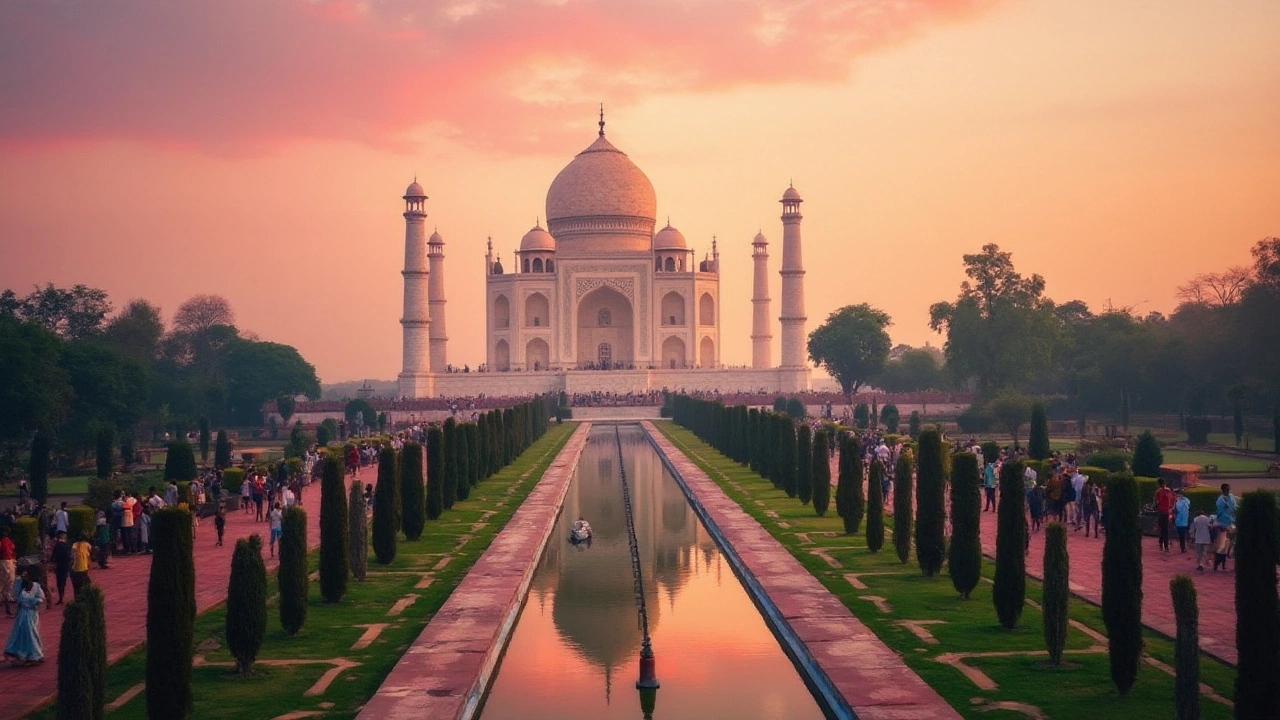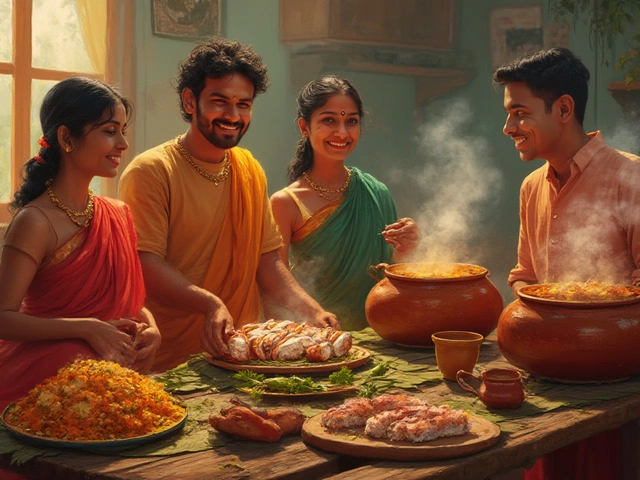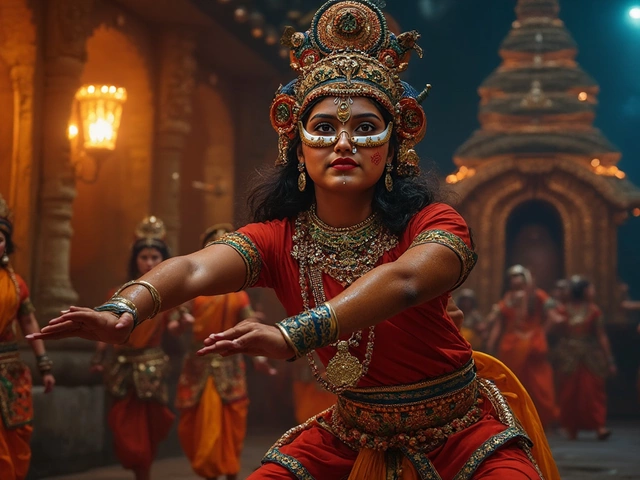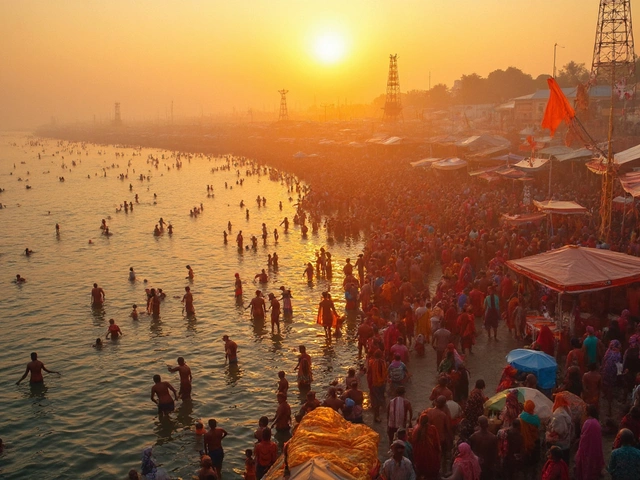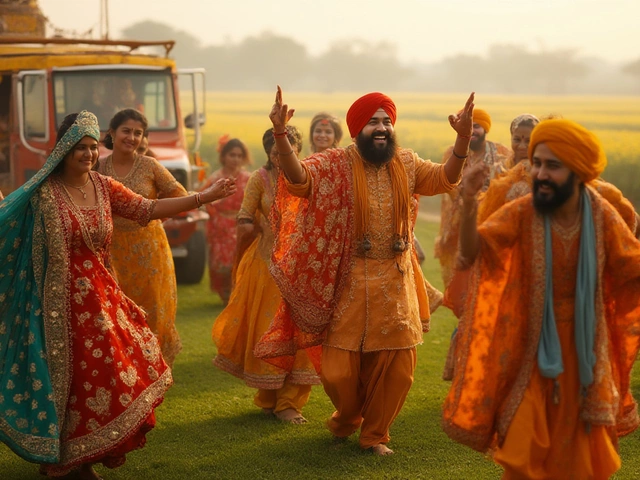Indian Architecture: Styles, History, and Living Traditions
When you think of Indian architecture, the built heritage of India that blends spiritual symbolism, regional materials, and centuries of craftsmanship. Also known as Hindustani architecture, it includes everything from 5,000-year-old Indus Valley structures to today’s fusion designs that still carry ancient motifs. This isn’t just about temples and tombs—it’s a living language of stone, wood, and mortar that tells stories of faith, power, and daily life.
Temple architecture, a defining feature of Indian design, especially in South India, where towering gopurams and intricate carvings honor deities in every corner isn’t just decorative. It’s sacred geometry. The Nagara style in the North, with its curving shikharas, and the Dravidian style in the South, with its pyramidal towers, aren’t just different—they reflect distinct theological and climatic needs. Meanwhile, Mughal architecture, born from Persian influences blended with Indian craftsmanship, gave us the Taj Mahal and Red Fort—monuments built for eternity with white marble, symmetrical gardens, and calligraphic precision. These aren’t relics. They’re still studied, copied, and respected in modern Indian buildings.
What you won’t find in most travel guides are the quiet survivors: village houses with earthen walls that stay cool without AC, stepwells that once fed entire towns, and wooden havelis in Rajasthan with carved jharokhas that let breezes flow through. These are part of Indian temple sculpture, the art of shaping stone into divine forms, often integrated into the very structure of sacred spaces. Even today, artisans in places like Khajuraho and Madurai keep these skills alive, chiseling gods and dancers into new temples and restorations.
Indian architecture doesn’t ask you to admire from afar—it invites you to walk through it, feel the shade of a jali screen, hear the echo in a pillared hall, and see how light moves across a dome at dawn. The posts below cover everything from the forgotten crafts behind palace walls to how modern Indians are blending tradition with sustainability. You’ll find deep dives into regional styles, the hidden meanings in carvings, and why some ancient techniques are making a comeback. No fluff. Just real insight into the structures that shaped—and still shape—India’s soul.
